
ICC Champions Trophy 2025 Schedule: Full Fixtures & Match Dates
4 Feb 2025
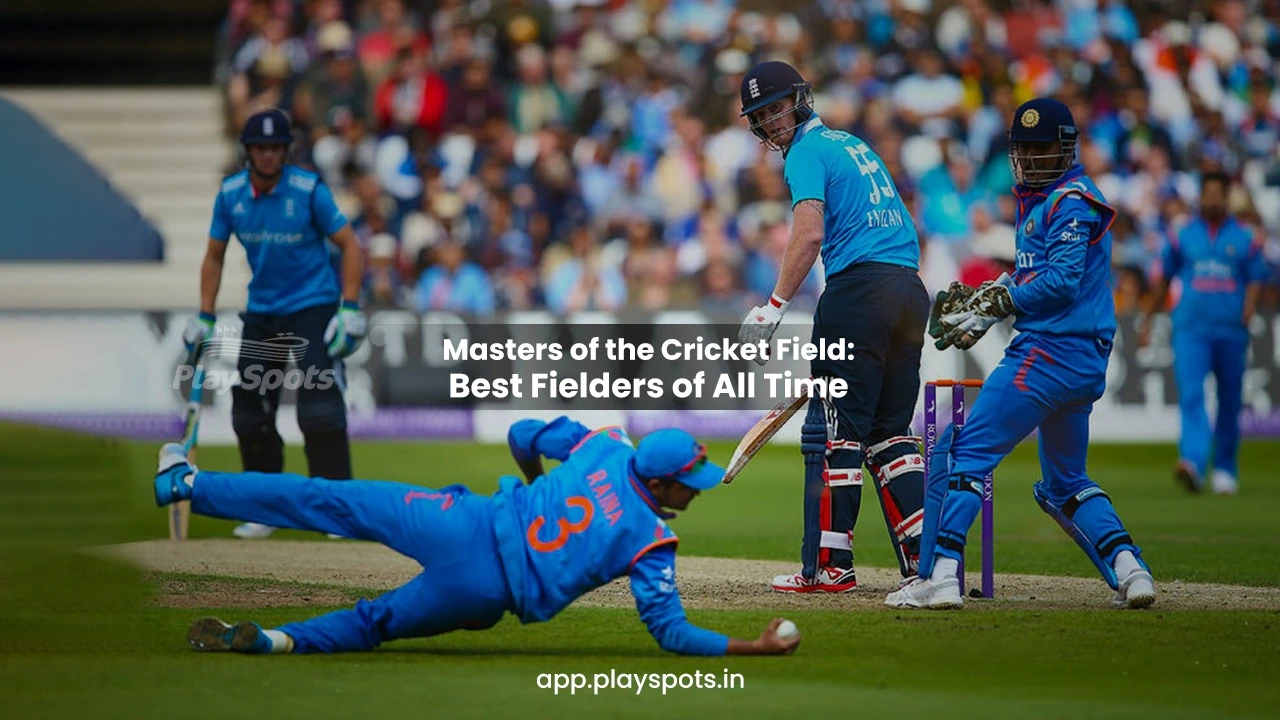
By Mahroof Dec 11, 2024
Fielding in cricket is not just a skill but an art form that can turn games around. The best cricket fielders have consistently amazed fans with their athleticism, spectacular catches, and crucial run-outs. Here's a look at the greatest cricket fielders of all time, who have redefined the standards of fielding:
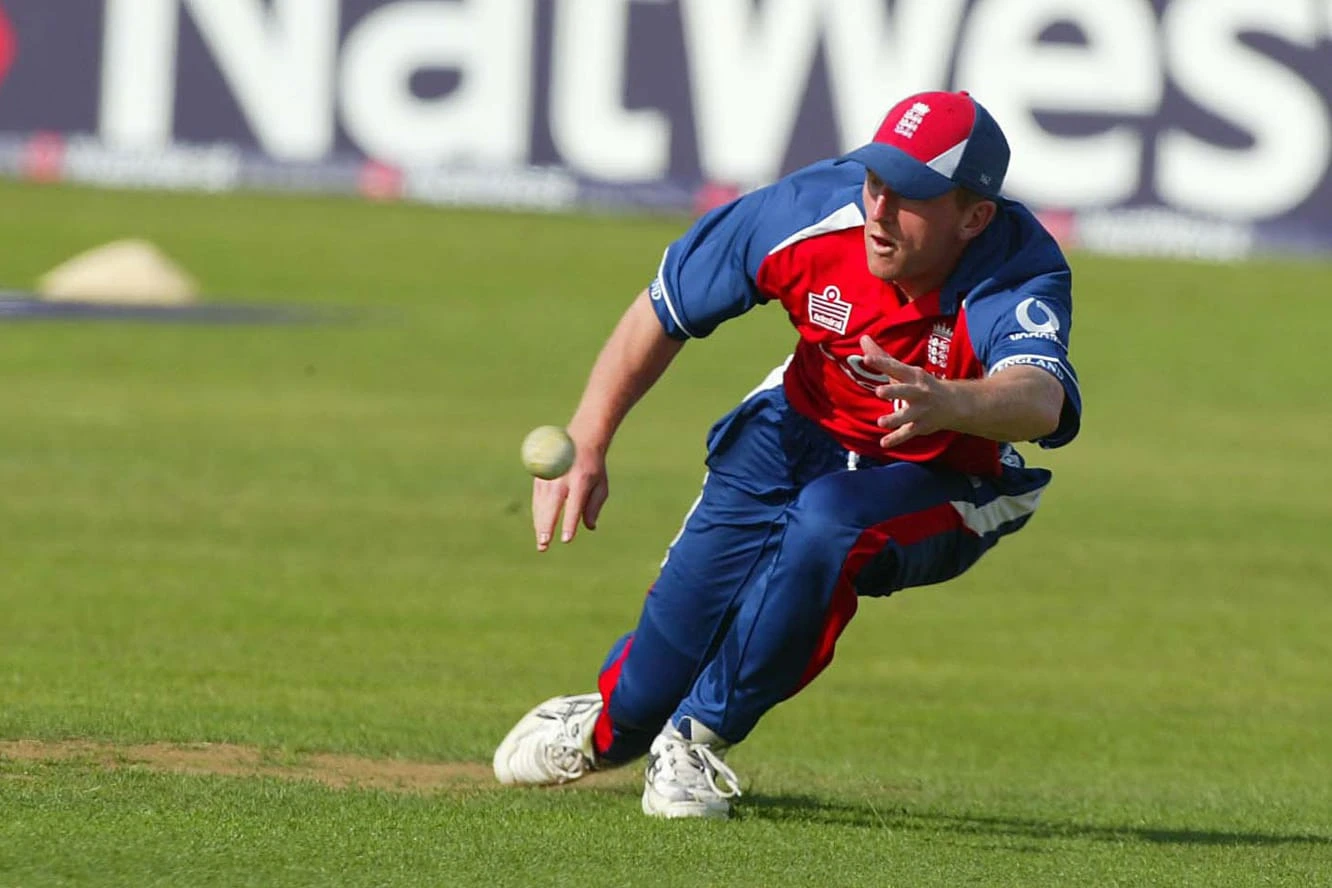
Collingwood was a fielding specialist, often delivering in high-pressure moments. His sharp reflexes and precise throws made him a key player for England. His 219 catches in 301 international matches left a lasting legacy of excellence. One of his most memorable moments came during the 2005 Ashes, where his incredible catch to dismiss Matthew Hayden highlighted his importance to the team. Collingwood’s dedication to fielding set a benchmark for future English players
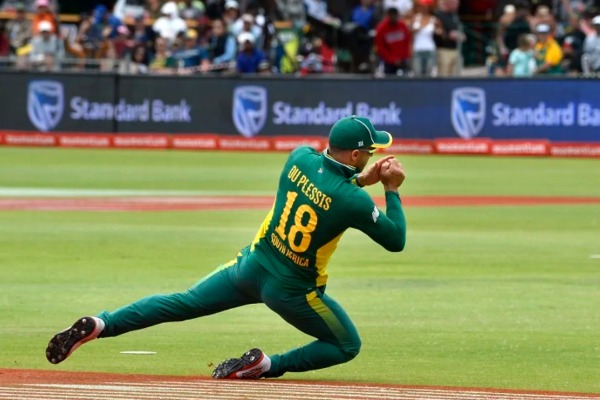
Combining grace and efficiency, du Plessis became a cornerstone of South Africa’s fielding unit. His ability to take spectacular catches in the outfield and execute pinpoint direct hits made him a fan favorite. Du Plessis’ fitness and agility allowed him to cover vast areas on the field, saving crucial runs for his team. He notched up 139 catches in 262 matches, consistently delivering under pressure. One of his most iconic moments was his airborne catch against Australia in 2018, which left fans and players in awe.
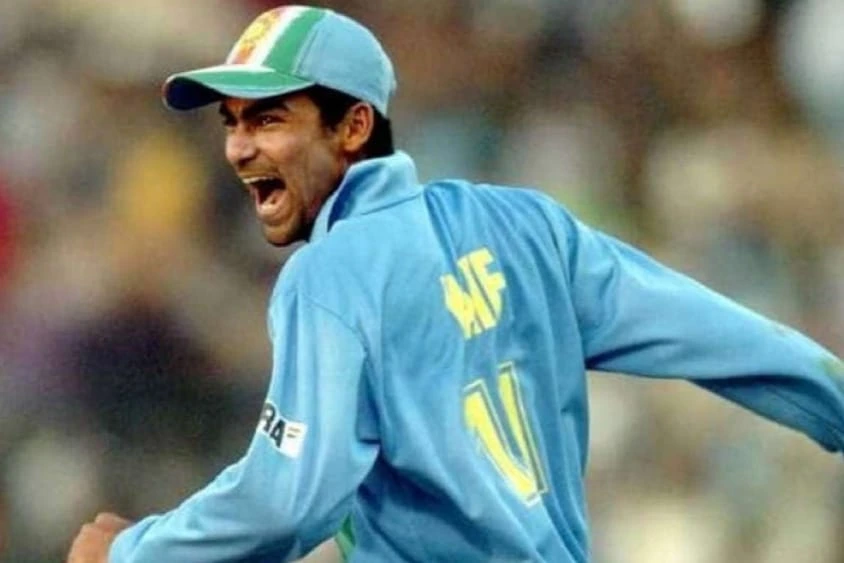
Kaif’s athleticism revolutionized Indian fielding, earning him a place among the best fielders of his time. His diving saves and clutch performances in crucial moments made him a fan favorite. Known for his agility and precision, Kaif played a pivotal role in India’s historic NatWest Trophy win in 2002. His partnership with Yuvraj Singh raised India’s fielding standards, inspiring a new generation of players. Kaif’s fielding brilliance often turned matches in India’s favor, cementing his legacy as a trailblazer in Indian cricket.
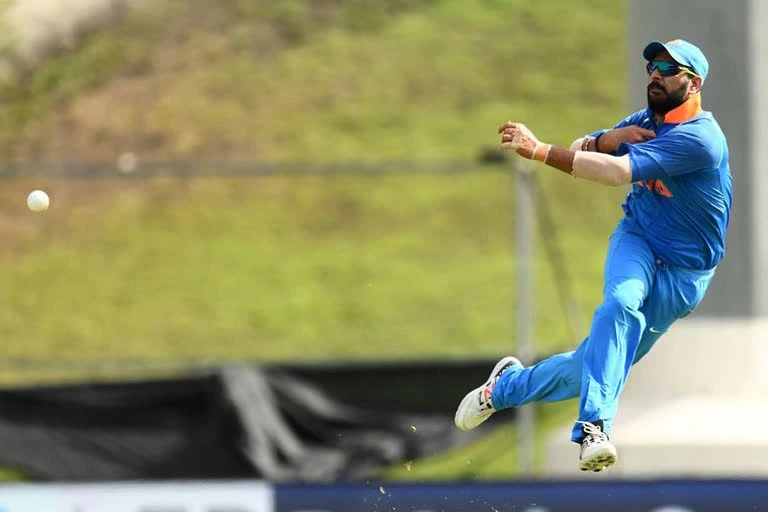
Yuvraj’s diving catches and quick reflexes were instrumental in India’s successes, including the 2011 World Cup. His contributions in the field earned him a reputation as one of India’s finest fielders. Yuvraj’s ability to perform in high-pressure situations, coupled with his athleticism, made him a game-changer on numerous occasions. His legendary catch to dismiss Kevin Pietersen in the 2007 T20 World Cup showcased his brilliance. Beyond his batting and bowling, Yuvraj’s fielding efforts often lifted the team’s morale and proved crucial in tight matches.
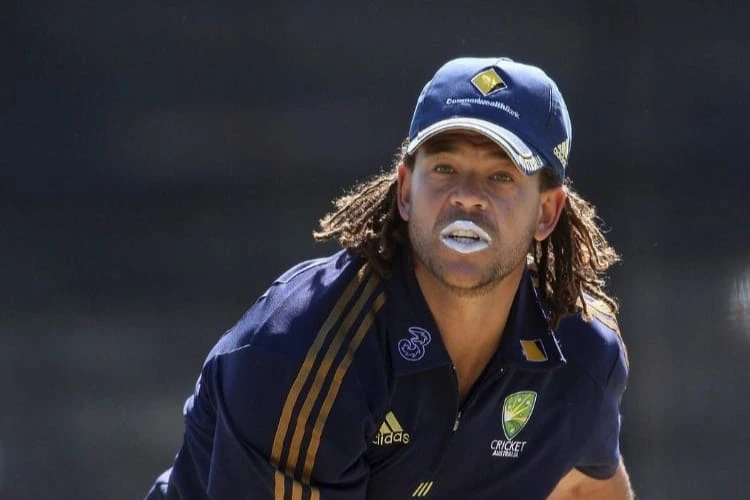
Symonds brought a unique combination of strength and agility to fielding, making him a daunting presence on the cricket field. His powerful throws from the outfield and quick reflexes in the inner circle made him a complete fielder. Over his career, he secured 101 catches in ODIs during 238 matches, often intimidating opposition batsmen with his sheer presence. Symonds’ memorable run-out of Rahul Dravid in the 2003 World Cup highlighted his fielding excellence. His ability to perform under pressure made him a vital player for Australia during their golden era.
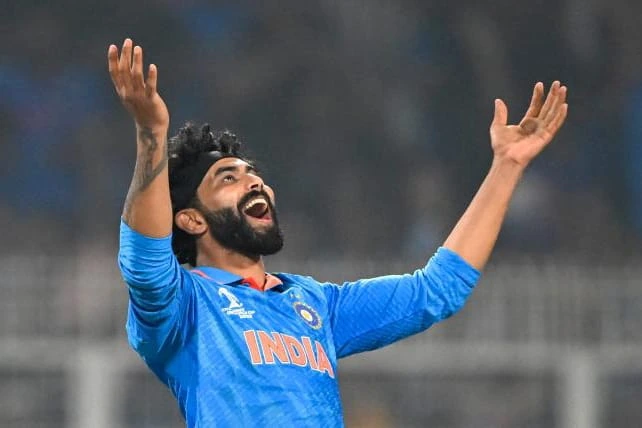
Nicknamed “Sir Jadeja,” Ravindra Jadeja’s lightning-quick direct hits and athleticism have turned the tide of many games. Jadeja’s versatility in the field is unmatched; whether diving to save boundaries or plucking catches out of thin air, he has been a consistent performer for India. With 120 catches in 280 international matches, Jadeja remains a modern fielding maestro who inspires young cricketers worldwide. His iconic direct hit to dismiss Shoaib Malik in the 2019 World Cup showcased his brilliance under pressure. Jadeja continues to set the gold standard for fielding in the modern era.
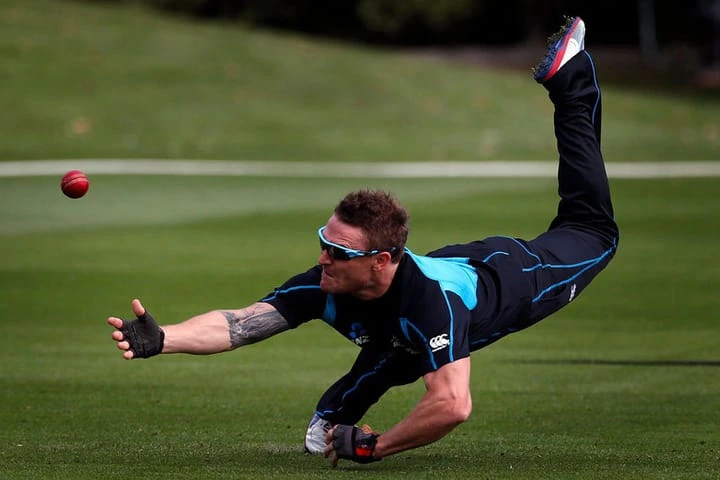
Fearless and energetic, McCullum was renowned for his stunning dives and extraordinary catching ability. Known as "Baz," he often redefined what was possible on the field with his jaw-dropping efforts. With 462 catches in 432 international matches, McCullum set a high standard for wicketkeepers and fielders alike. His quick reflexes behind the stumps and in the outfield often turned games in New Zealand’s favor. McCullum’s fielding brilliance inspired a generation of players to push their limits and treat fielding as an art form.
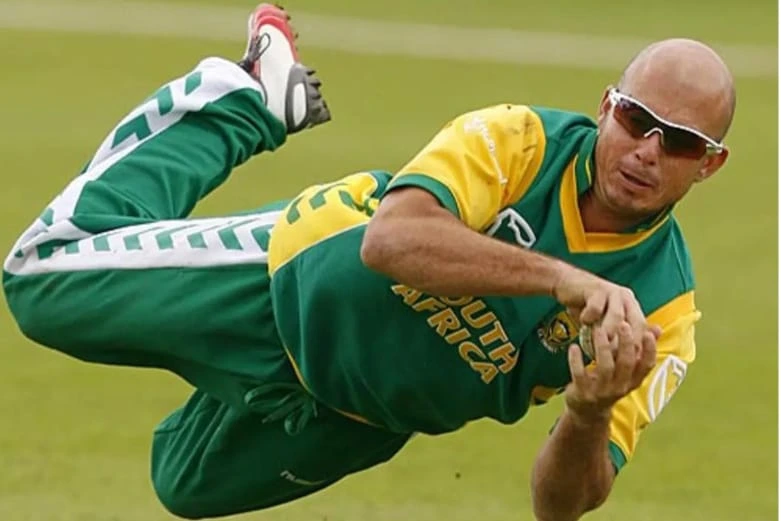
Gibbs dazzled fans with his electrifying fielding, earning him a place among the best fielders in cricket history. His anticipation and ability to cover ground quickly allowed him to save crucial runs and execute stunning catches. Gibbs was a master of the outfield, often leaping high to prevent boundaries or diving forward for spectacular dismissals. With 210 catches in 361 international matches, his athleticism was a vital asset for South Africa. One of his most memorable moments came during the 1999 World Cup, where his fielding efforts played a crucial role in key matches.
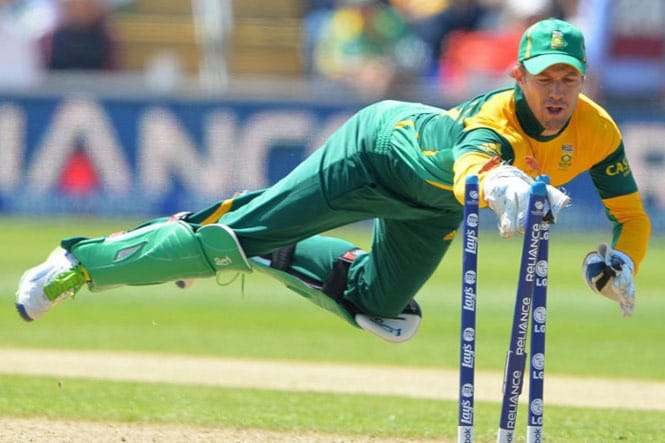
A true all-rounder in every sense, de Villiers was known for his quick reflexes and innovative fielding. Whether stationed in the slips, at point, or on the boundary, de Villiers consistently delivered jaw-dropping catches and run-outs. His ability to improvise and react under pressure made him a game-changer on the field. Over his career, he recorded 217 catches in 420 international matches, solidifying his place as one of the most versatile fielders of all time. Beyond his statistics, de Villiers’ fielding added an electrifying dimension to the South African team, often turning matches in their favor.
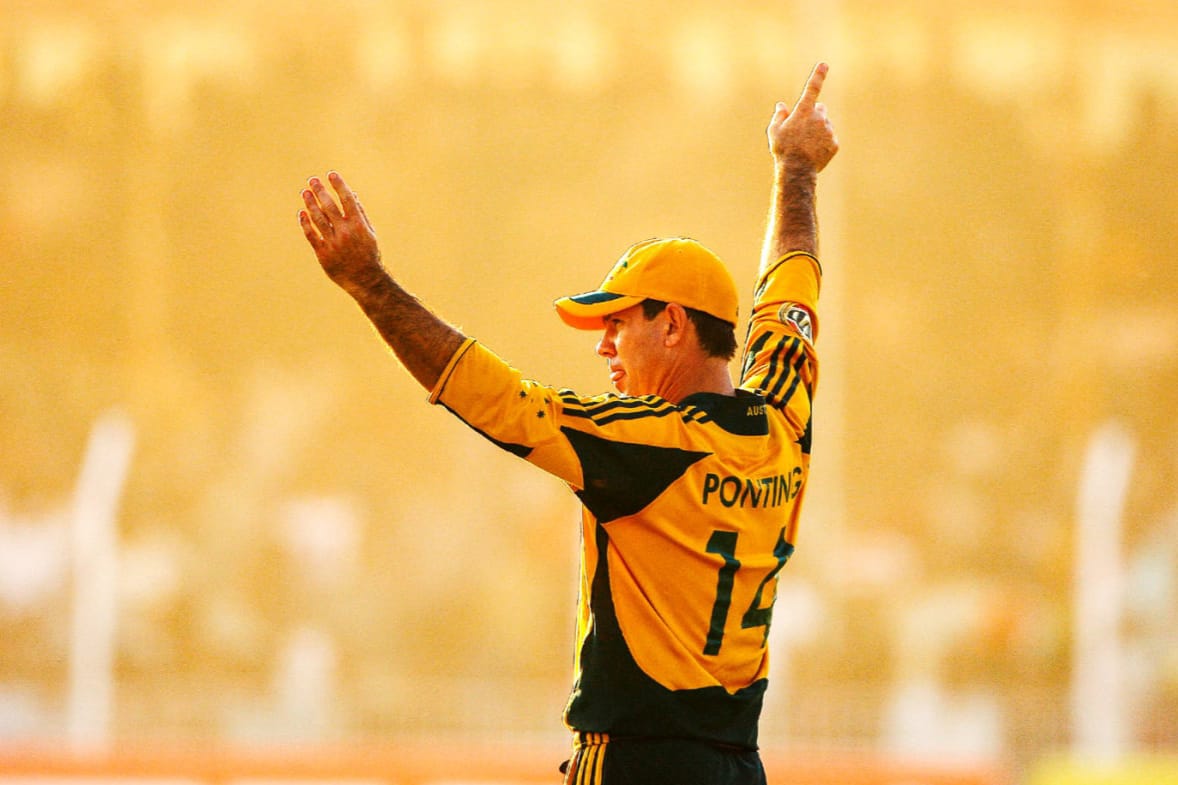
Ponting, known for his exceptional leadership, was equally remarkable on the field. His sharp reflexes and strategic positioning made him a reliable presence in slips and the inner circle. Often seen pulling off one-handed screamers, Ponting's ability to anticipate the ball's trajectory was unparalleled. With 364 catches in 560 international matches, he demonstrated consistency and brilliance. His iconic direct hit to dismiss Inzamam-ul-Haq in the 1999 World Cup is remembered as one of the best run-outs in cricket history. Ponting’s fielding prowess complemented his batting and captaincy, making him one of the most complete players of his era.
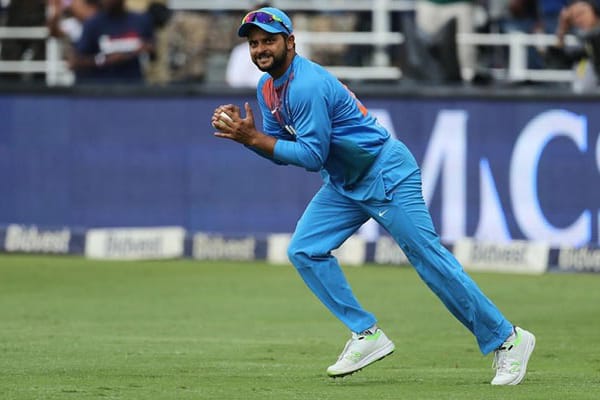
One of India’s most dependable fielders, Raina consistently pulled off stunning catches and brilliant saves. Raina was particularly effective in the inner circle, cutting off singles and effecting direct hits with uncanny accuracy. He took 102 catches in ODIs during his career spanning 322 international matches. Raina's standout performances in major tournaments, including the 2011 World Cup, played a key role in India’s success. His contributions in the field made him an indispensable part of the team.
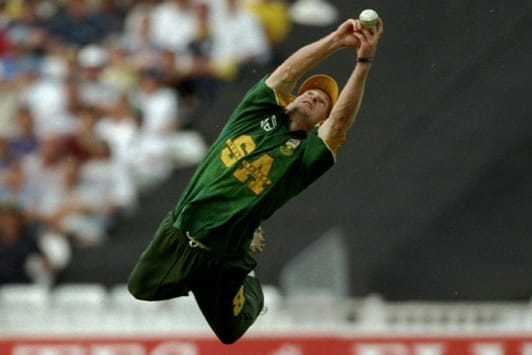
Widely regarded as the greatest fielder in cricket history, Rhodes redefined fielding with his agility and acrobatics. His iconic run-out against Pakistan in the 1992 World Cup remains etched in cricketing lore, showcasing his ability to create magic on the field. Known as "The Flying Rhodes," his diving catches and incredible reflexes set benchmarks for future generations. Rhodes' influence extended beyond his playing days as he worked as a fielding coach, imparting his wisdom to budding cricketers. Over his career, he took 105 catches in ODIs across 245 matches, earning a reputation as the gold standard in cricket fielding.
The role of fielders in cricket has evolved significantly over the years, with these legends setting new standards of excellence on the field. From Jonty Rhodes' acrobatic brilliance to Ricky Ponting's sharp reflexes, each of these players has brought a unique flair to the game. Whether it's stunning catches, precise run-outs, or game-changing saves, their contributions have shaped the way we view fielding in cricket. These masters of the field have not only raised the bar but have also inspired future generations to treat fielding as an art form, proving that a game can indeed be turned around with the right fielding brilliance.
Ready to take your game to the next level? Book your next match at Playspots for top sports facilities and easy booking.